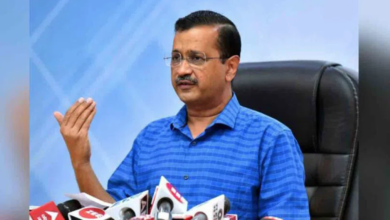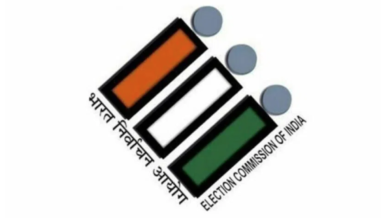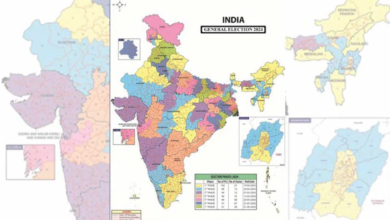CAG raises red flag over Centre’s increased debts, revenue deficit during pre-Covid period

Hyderabad: The Comptroller and Auditor General (CAG), in its latest report, raised a red flag over the union government’s increased debts and revenue deficit during the pre-Covid period. The Centre has been advised to immediately draw a specific plan for reduction of its debt to minimise expenditure on debt servicing and consequently, make more of its non-debt receipts available for meeting its expenditure priorities.
An observation of the CAG report, indicates the precise reasons as to why the Centre has been pressurising the States to cut down the subsidies and welfare schemes, terming them as freebies which were becoming a burden on the nation’s economy. The Narendra Modi government has already commenced an exercise in identifying the ways including restrictions on State borrowings, to check States’ spending on handouts like free electricity and rations.
In its latest report on the union government’s ‘Compliance of the Fiscal Responsibility and Budgement Management Act’ for the year 2019-20, the CAG found that the debt sustainability indicator was negative in Financial Year 2019-20 as opposed to during financial years 2015-16 to 2018-19. Debt sustainability can be defined as the ability of the government to maintain a constant debt to GDP (Gross Domestic Product) ratio over a period and embodies the concern about the ability to service its debt.
Analysis of various debt sustainability indicators for the five-year period from 2015-16 to 2019-20, revealed that it has turned negative during the year 2019-20 on account of near doubling of the Primary Deficit (PD) to Rs 3.75 lakh crore from Rs 1.88 lakh crore in 2018-19. It is also attributed to low GDP growth rate of 6.22 per cent in 2019-20 compared to 10.59 per cent in 2018-19. Fiscal Deficit which remained stable during years 2016-17 to 2018-19, went up from 4.15 per cent of GDP in 2018-19 to 5.14 per cent of GDP in 2019-20.
The union government’s debt has been alarmingly increasing over the last five years and during the financial year 2019-20, it increased by 12.62 per cent over the fiscal 2018-19. The Debt-GDP ratio stood at 50.49 per cent during 2015-16 and subsequently reduced to 49.33 per cent in 2018-19, only to shoot up to 52.3 per cent in 2019-20 when the debt growth rate outgrew the nominal GDP growth rate.
The CAG pointed out that the Central government debt was Rs 1.04 crore crore in 2019-20 i.e., 52.30 per cent of the GDP. However, given the FRBM target of reduction of Central government debt to 40 percent of GDP by end of 2025, from the current level of 52.30 per cent the target could be hoped to be achieved only with faster growth in GDP.
In an indication that the Centre has been spending more on non-capital expenditure, the capital expenditure during 2019-20 decreased to 12.72 per cent of total expenditure from 14.71 per cent in 2018-19.
Further, the CAG observed that the net interest cost to total revenue received was around 30 per cent of the total revenue and showed an increasing trend since 2015-16. Though the average interest cost on debt showed a declining trend from 6.96 per cent in 2016-17 to 6.61 per cent in 2019-20, the actual interest paid on debt consistently increased during the corresponding period from Rs 4.57 lakh crore in 2015-16 to Rs 6.55 lakh crore in 2019-20. The CAG attributed this to expanding overall debt.







